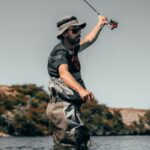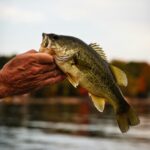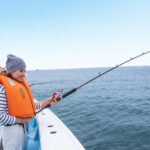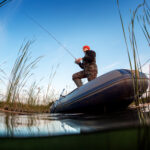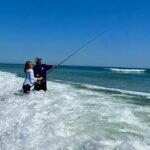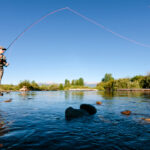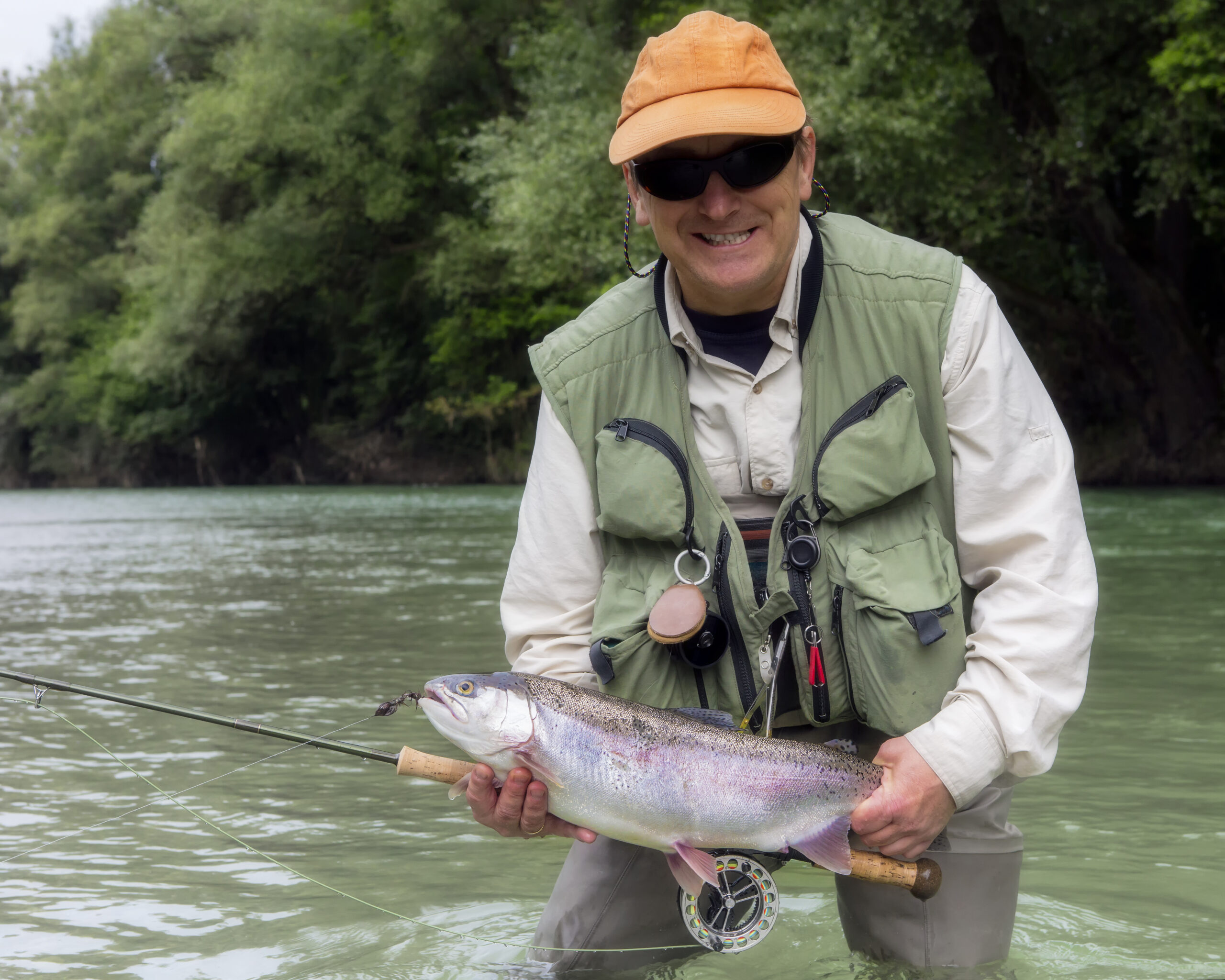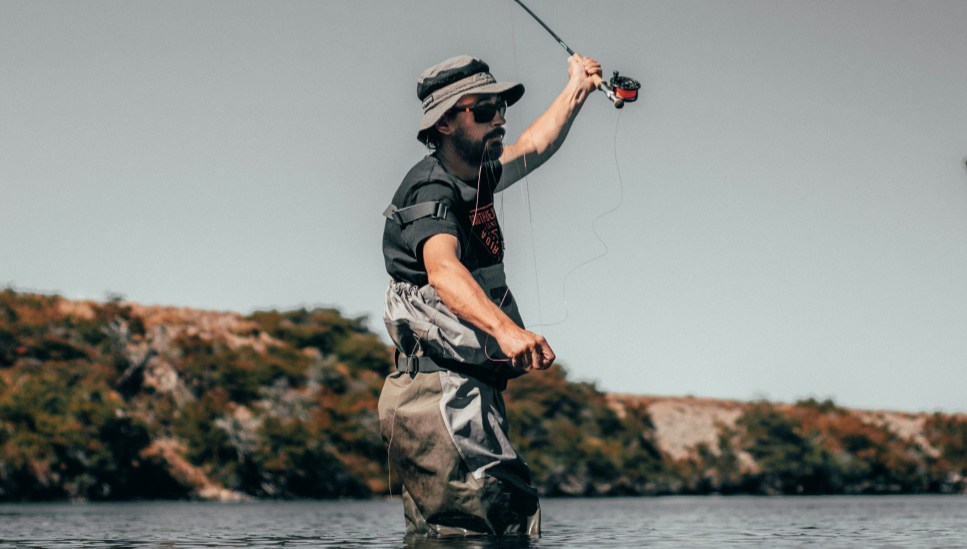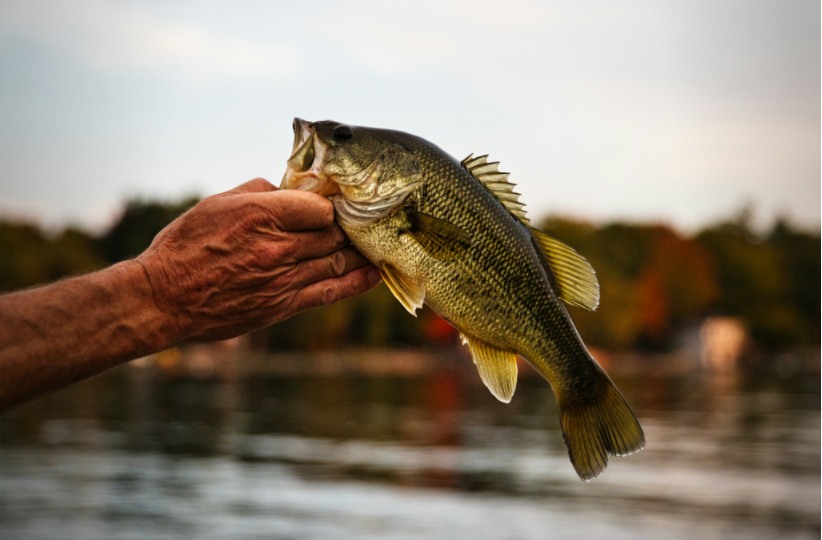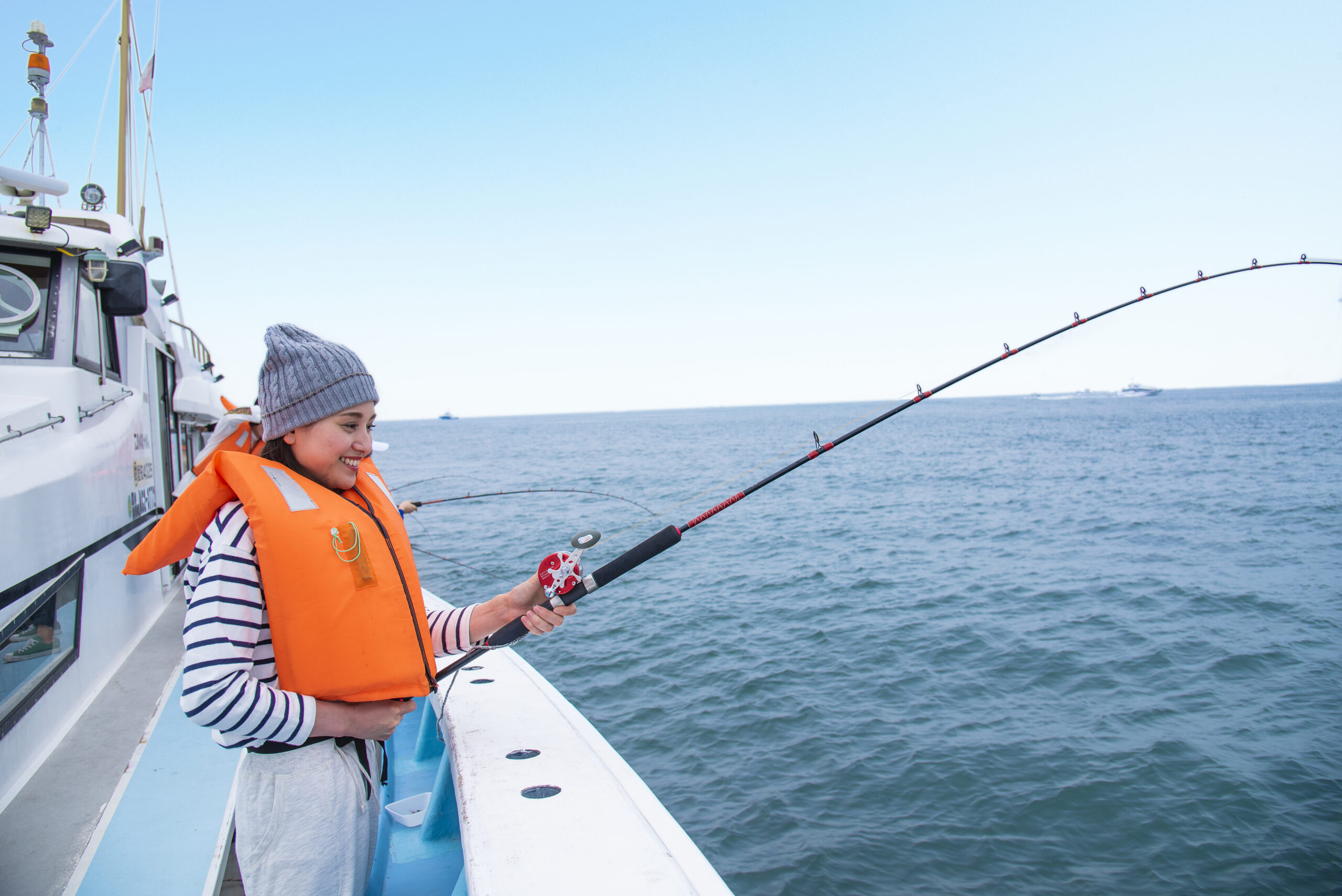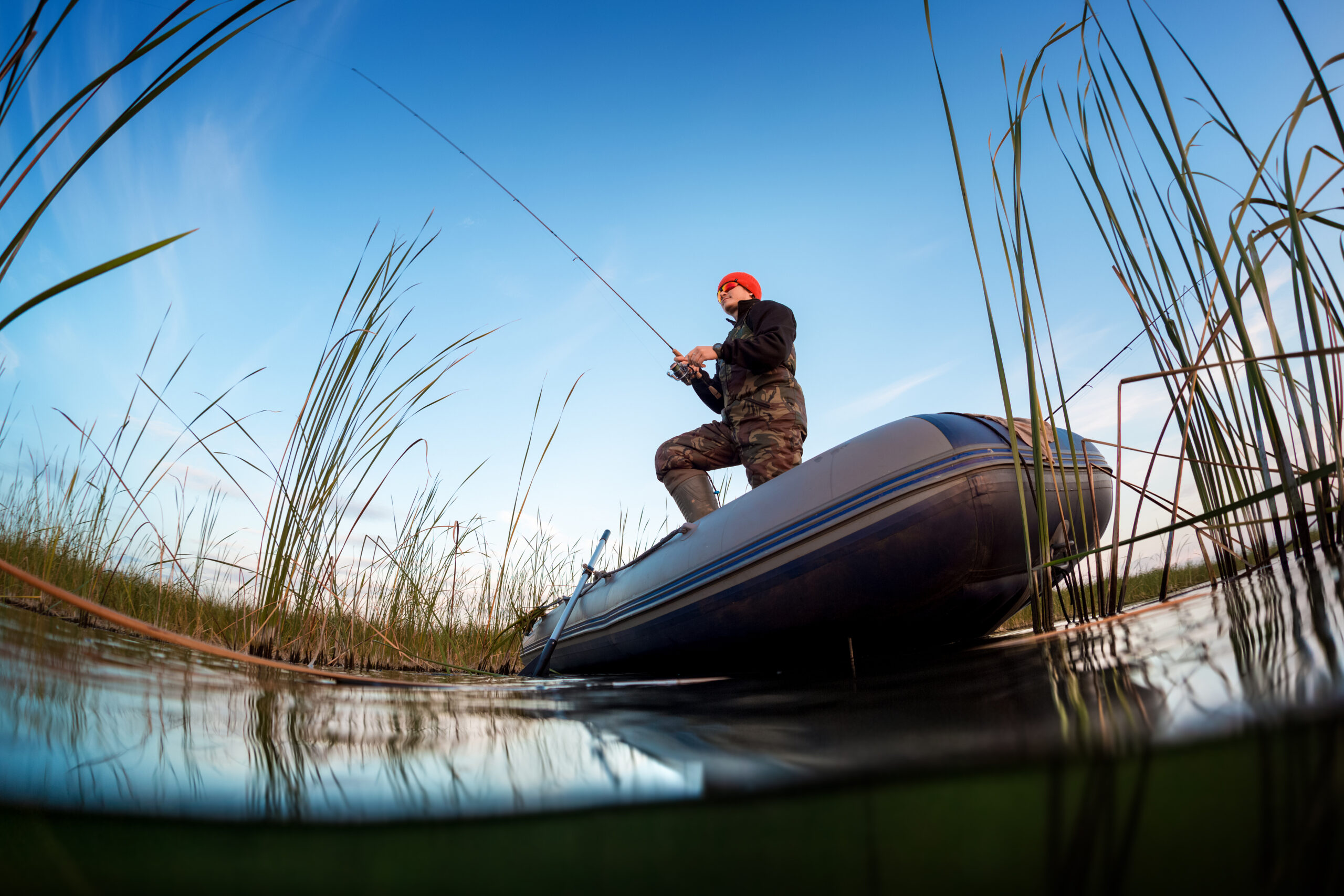Fishing in early spring presents a unique challenge and an exciting opportunity for anglers. As the ice melts and the water begins to warm, fish slowly become more active, but their feeding patterns are still influenced by cold water and unpredictable weather. Timing is everything when it comes to early spring fishing — knowing when fish are most active and adjusting your strategy to match these patterns can significantly increase your success rate. In this article, we’ll break down the best times to fish in early spring, explore how water temperature, weather, and light conditions affect fish behavior, and provide expert tips to maximize your catch during this transitional season.
Understanding Early Spring Fishing Patterns
Fish activity in early spring is driven primarily by water temperature and daylight length. Unlike summer, when fish are generally active throughout the day, early spring requires more precision in timing and location.
✅ Water Temperature and Fish Behavior
- Fish are cold-blooded, meaning their body temperature and metabolism are dictated by the surrounding water.
- In early spring, water temperatures typically range from 40°F to 55°F. At these temperatures, most species are sluggish and less inclined to chase fast-moving prey.
- Once the water warms above 50°F, fish begin to move toward shallower areas to feed and prepare for spawning.
- A rise of even 2–3 degrees can spark increased activity, especially on sunny days or during warm fronts.
✅ Seasonal Transitions and Feeding Windows
In early spring, fish follow a transitional pattern from deep wintering areas toward shallower spawning grounds. Key transitional zones include:
- Drop-offs and ledges – Fish stage in deeper water adjacent to shallow flats as they prepare to feed.
- Rocky banks and riprap – These structures absorb heat from the sun and provide slightly warmer water.
- Shallow flats near deep water – Fish will move into these areas during brief warm periods to forage.
Best Times of Day to Fish in Early Spring
Unlike summer, when early mornings and evenings are prime fishing windows, early spring fishing success is more influenced by water temperature and sunlight. Let’s break down the ideal times to target fish during early spring:
🌅 1. Late Morning to Early Afternoon – ✅ Best Window for Success
- The best time to fish in early spring is typically between 10:00 AM and 4:00 PM.
- By late morning, the sun has had time to warm the water, which increases fish activity.
- Fish are more likely to move into shallower areas and begin feeding during this time.
Why It Works:
- Sunlight penetrates the water and raises the temperature, triggering feeding activity.
- Baitfish and insects also become more active as the water warms.
- Target rocky or muddy areas where the sun’s heat is retained longer.
🌤️ 2. Warm Fronts and Stable Weather Patterns – ✅ Prime Feeding Conditions
- Early spring weather can be unpredictable, but stable weather patterns create ideal fishing conditions.
- After two to three days of consistent weather and rising temperatures, fish become more active.
- A steady barometer and warming trend usually trigger increased feeding.
Why It Works:
- Fish are more comfortable and active in stable conditions.
- Warm fronts raise water temperatures, encouraging fish to move shallow and feed.
- Focus on north-facing coves and shallow flats, as these areas warm up first.
🌅 3. Afternoon After a Cold Night – ✅ Sunlight Makes a Difference
- After a cold night, fish will stay deep until the sun warms the water.
- By mid to late afternoon, shallow areas may heat up enough to attract fish.
Why It Works:
- Fish may follow the warmth into the shallows, even if only for short feeding periods.
- Focus on areas with direct sunlight and darker bottoms (mud, rocks) that retain heat.
🌧️ 4. Right Before a Storm or Rainfall – ✅ Pressure Drop Advantage
- Fish often feed aggressively just before a storm or rainfall when the barometric pressure drops.
- If you see an incoming storm front, head to the water — it could trigger a feeding frenzy.
Why It Works:
- The drop in pressure makes fish more comfortable and triggers instinctive feeding.
- Overcast skies also provide low-light conditions, which encourage predator fish to roam.
- Use reaction baits like crankbaits or jerkbaits to capitalize on aggressive strikes.
🌙 5. Early Morning (When Conditions Are Warm) – ✅ Limited but Possible
- Early mornings are less productive in early spring because the water is typically at its coldest.
- However, if you experience a warming trend or overnight low temperatures remain mild, morning fishing can improve.
Why It Works:
- Fish may hold in shallow areas overnight if the water stays warm.
- Slow presentations with soft plastics, jigs, or live bait often work best.
Techniques That Work Best in Early Spring
The right technique is just as important as timing. Here are some proven methods for early spring fishing:
🎯 1. Slow Rolling a Spinnerbait
- Use a 3/8 to 1/2 ounce spinnerbait with a large Colorado blade to create maximum vibration.
- Retrieve it slowly along rocky banks and shallow flats.
🎯 2. Jerkbaits with Long Pauses
- Use a suspending jerkbait and let it sit for up to 5–10 seconds between twitches.
- Work it near rocky points and along ledges where fish are holding.
🎯 3. Jig and Craw Trailer
- A football jig with a craw-style trailer mimics early-season crawfish, a favorite spring food source.
- Drag it slowly along the bottom and pause frequently to entice sluggish bass.
🎯 4. Lipless Crankbaits
- Cover water quickly with a red or orange lipless crankbait.
- Target flats and shallow weed beds, and rip the bait through the grass to trigger reaction bites.
🎯 5. Ned Rig for Finesse Situations
- When fish are inactive, downsize to a Ned rig with a 1/16 to 1/8 ounce jig head.
- Let it sit on the bottom with minimal movement — subtle action often produces strikes.
Best Species to Target in Early Spring
Early spring fishing isn’t just limited to bass — other species become active during this time as well:
- Largemouth Bass – Move toward shallow areas with cover as the water warms.
- Smallmouth Bass – Stick to rocky areas and drop-offs.
- Walleye – Become active in colder water; target them near rocky points and river mouths.
- Trout – Coldwater species remain active; fish deeper pools and shaded areas.
- Panfish (Bluegill, Crappie, Perch) – Often found in shallow flats and near vegetation.
Tips for Maximizing Early Spring Fishing Success
✅ Fish Slow and Steady – Cold water slows down fish metabolism, so keep your presentation slow and controlled.
✅ Follow the Sun – Target sunlit areas and rocky banks where the water warms faster.
✅ Stay Flexible – If fish aren’t biting in shallow areas, adjust and target deeper structure.
✅ Use Natural Colors – Match your bait color to the local forage (green pumpkin, brown, silver).
✅ Watch for Weather Changes – Warm fronts and low-pressure systems often trigger increased activity.
Conclusion
Timing is everything when it comes to early spring fishing. Focusing on late morning and early afternoon, targeting areas with direct sunlight, and adjusting to weather patterns will significantly increase your chances of success. Understanding how water temperature and light conditions affect fish behavior allows you to adapt your strategy and capitalize on the brief but productive feeding windows that early spring provides. With the right approach, early spring fishing can produce some of the most rewarding catches of the year.

